Soapstone Prairie Natural Area#
Trail Status
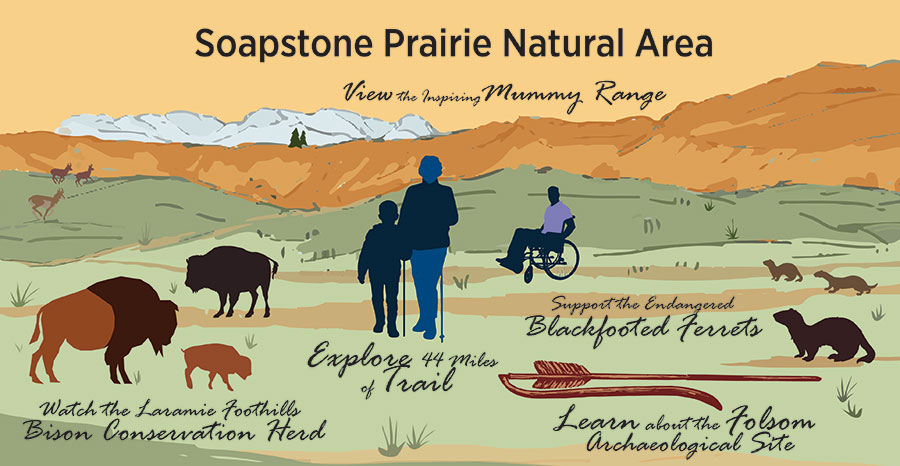
Description#
Soapstone Prairie Natural Area is extraordinary. With over 28 square miles of wide open vistas, nearly pristine grasslands, miles of trails, and world-renowned cultural resources, it is truly a place to treasure! Visit Soapstone Prairie to meet the past, enjoy the present, and preserve the future.
Note: This is one of the few Fort Collins natural areas on which dogs are not allowed, including in cars. In alignment with the Americans with Disabilities Act (ADA), service animals that have been trained to assist a person with a disability are allowed.
Trails#
Be prepared! Soapstone Prairie offers a remote, backcountry experience. Emergency response can take an hour or more. See safety tips below.
South Trailhead: Trails open to horseback riding, cycling, and hiking. Equestrians must use the South Trailhead.
- Cheyenne Rim Trail: moderate, 7.8 miles one-way, connects to Canyon Trail and Red Mountain Open Space
- Pronghorn Loop: easy to moderate, 9.4 mile loop, connects to Plover Trail and Sand Wash Trail
- Plover Trail: easy to moderate, 7.3 miles, closed April 1- July 15 for grassland birds, connects to Pronghorn Loop and Sandwash Trail.
North Trailhead: Trails open to cycling and hiking (no horses).
- Lindenmeier Overlook: easy, 1/4 mile paved trail to pavilion with interpretive signs and seating
- Mahogany Loop: moderate, 7.6 mile loop, connects to Canyon Trail and Pronghorn Loop
- Towhee Loop: easy to moderate, 3 mile loop, hiking only, connects to Mahogany Trail and Canyon Trail
- Canyon Trail: moderate, 3.4 miles one-way, connects to Plover Trail and Red Mountain Open Space
- Sand Wash Trail: moderate, 1.2 miles one-way, connects to Canyon Trail and Pronghorn Loop
E-bikes are not permitted on soft/natural surface trails. ADA mobility devices are allowed. Trail accessibility is found here.
Be Prepared#
Soapstone Prairie offers a remote, backcountry experience. Emergency response can take an hour or more. Stay safe by planning your trip ahead. Take into account the following safety tips:
- Take into account the distance and weather conditions you’re likely to encounter. Start early. Sundown comes quickly with autumn’s shorter days. Carry or download a site map.
- Cell service is not reliable. An emergency call box is located at the entrance gate station. Be aware that help is more than an hour away.
- Weather moves quickly. Soapstone Prairie is a big place. Watch for distant storms bringing lightning. Avoid ridge tops during storms, which occur mostly in the afternoons. More lightning safety tips. This is wide-open country. Bring plenty of water and be prepared for wind and cool temperatures, or heat and sun.
- Watch for rattlesnakes. Look where you put your hands and feet and stay on the designated trails. If you see a rattlesnake, give it plenty of space. More rattlesnake safety tips.
Hours#
Soapstone Prairie is open daily, dawn to dusk, March-November and closed in December through February. See the graph below for popular times at Soapstone Prairie.

Directions#
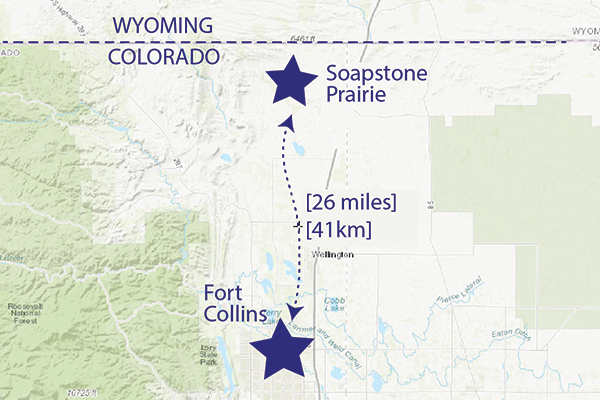
From Fort Collins, take Hwy 1/ Terry Lake Road to County Road 15 north (towards Waverly). From CR 15, turn north onto Rawhide Flats Road and continue north to the entrance station. The approximate address is 22998 Rawhide Flats Road, Wellington, CO. There are nine miles of gravel road that can be dusty, rough and bumpy. Please respect our neighbors and be safe by observing the speed limit.
From I-25, take exit 288 (Buckeye Road) west to County Road 15. Go north on CR 15 and turn north onto Rawhide Flats Road. Follow Rawhide Flats Rd to the entrance station. Soapstone Prairie is not accessible via I-25 exit 293 (CR 126/CR 5).
Soapstone Prairie Natural Area has no entrance fee or parking fee.
Photos#
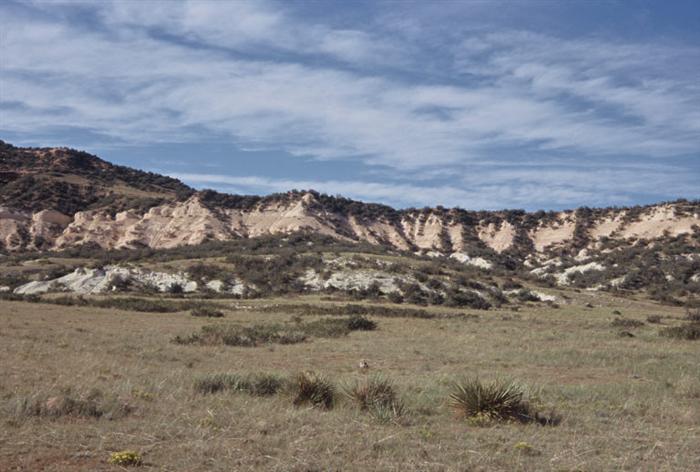
Soapstone Prairie by Charlie Johnson
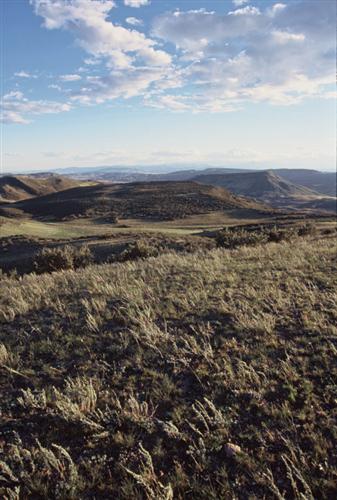
Soapstone Prairie by Charlie Johnson
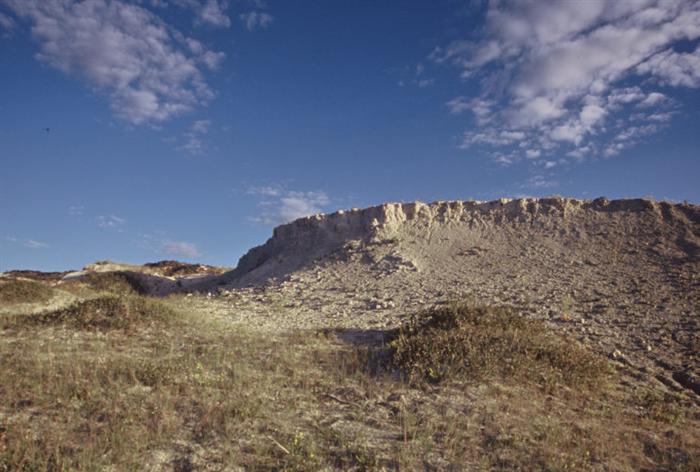
Soapstone Prairie by Charlie Johnson
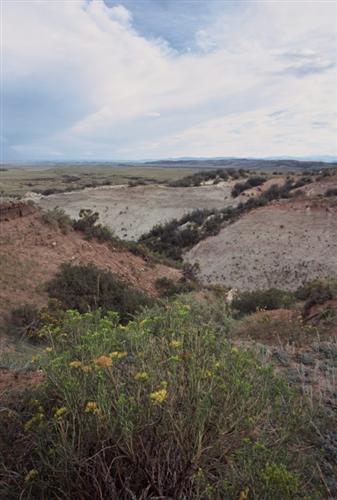
Soapstone Prairie by Charlie Johnson
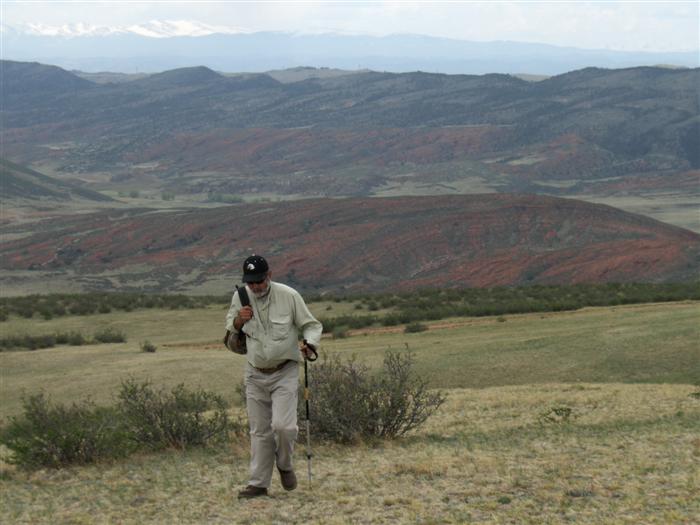
Ed Wick, Master Naturalist on guided off-trail tour
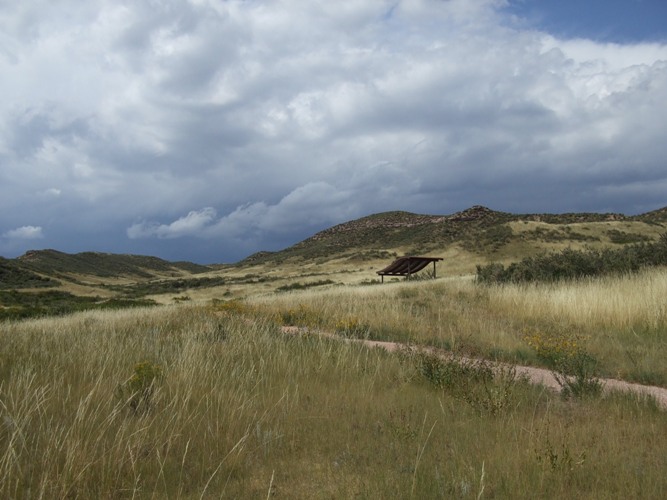
Soapstone shelter by Karl Manderbach
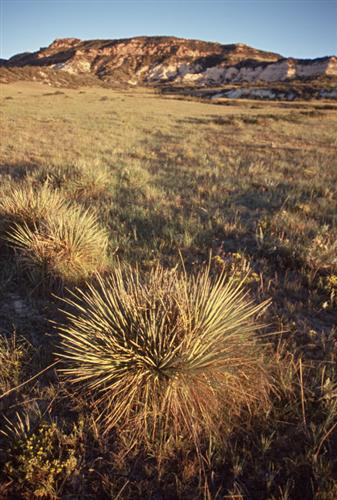
Soapstone Prairie by Charlie Johnson
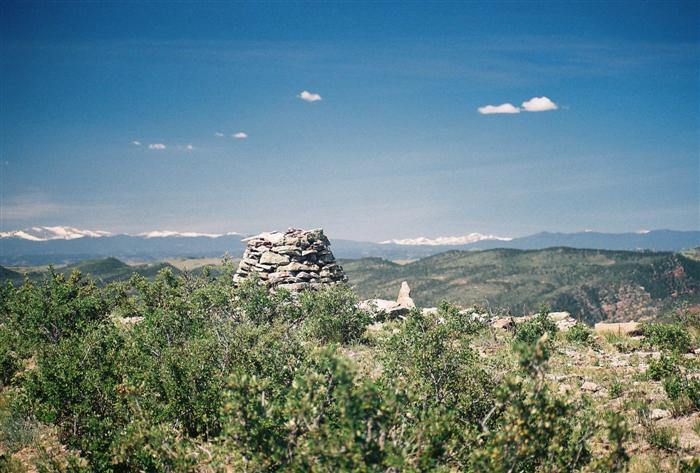
Cairn by Jack Hicks
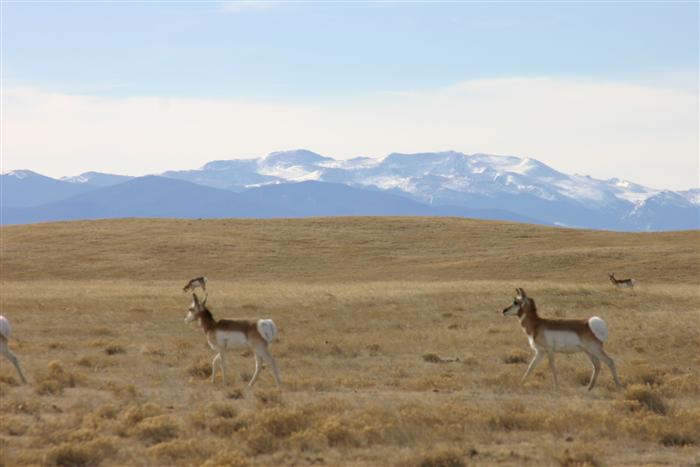
Soapstone Pronghorn by Pat Hayward
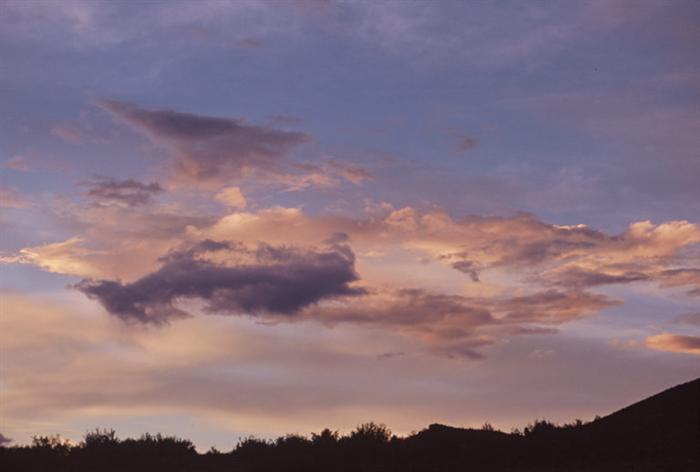
Soapstone Prairie by Charlie Johnson
Visit with Respect#
Respect the cultural heritage at Soapstone Prairie! You must stay on trails which have been planned to avoid sensitive areas. In the unlikely event you see an artifact, leave it alone. Artifacts are part of the legacy of people who were here before us, and leaving artifacts alone demonstrates respect for the people who made them or owned them. Leaving artifacts in place allows other visitors to enjoy them today and in the future. According to Colorado State law, it is illegal to take artifacts, or excavate, damage, or destroy any prehistoric or historic resources. Offenders may be charged with a misdemeanor and may face a fine, jail time or both. Remember, once an object is removed from its context, it loses its ability to educate us about the past.
Learn more about Soapstone Prairie#
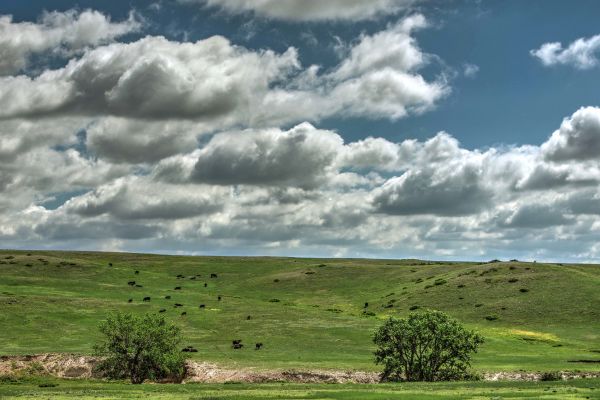
Mountains to Plains Zone
Soapstone Prairie Natural Area is an integral piece of the Laramie Foothills Mountains to Plains Project, a partnered conservation effort to create a corridor of protected lands, linking the mountains to the plains. This area contains some of the last remaining intact, high-quality shortgrass prairie and foothills shrublands along the Front Range. These lands are home to many species of wildlife and rare and threatened plants.
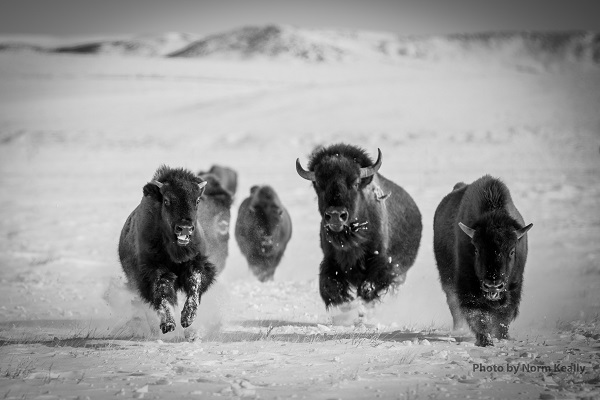
Seeing Bison
Bison may be visible from their pasture at Soapstone Prairie Natural Area (open seasonally March through November). They can be seen from the Cheyenne Rim trail and the Bison overlook. Since the bison pasture is 2,700 acres, they may not be visible. Stay on the trails and roadway and do not approach the pasture to keep you and the bison safe.
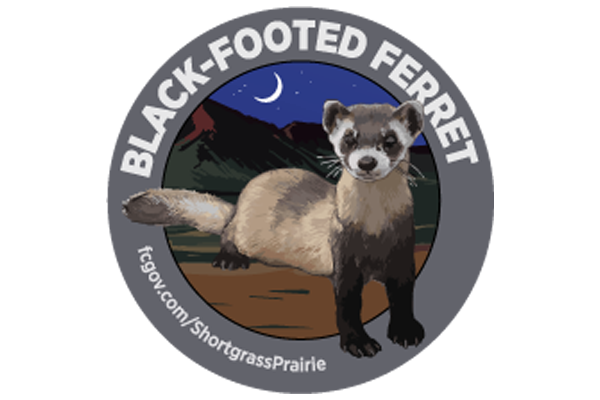
Wildlife in Shortgrass Prairie Ecosystems
The Natural Areas Department has created stickers to highlight important species in shortgrass prairie ecosystems and you can collect them all! Explore some of the unique wildlife that calls Soapstone Prairie home and to see your conservation dollars at work.
Cultural History of Soapstone Prairie#
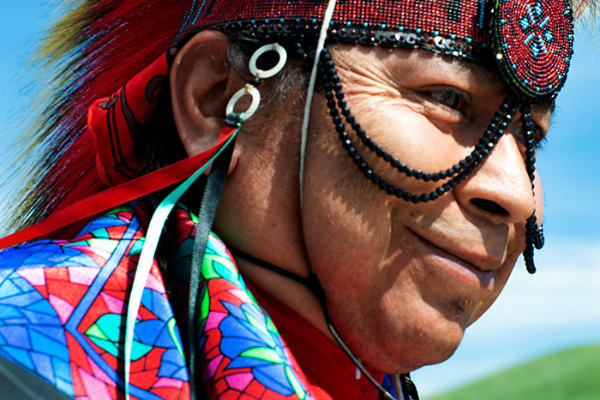
There is an extensive and diverse human history at Soapstone Prairie - exceeding 12,000 years - from PaleoIndians of the Ice Age to millennia of American Indian groups, to more than a century of homesteaders and cattle and sheep ranchers. The most famous cultural site at Soapstone Prairie is the Lindenmeier archeological site, a National Historic Landmark. Excavations in the 1930s by the Smithsonian and Colorado Museum of Natural History conclusively dated human habitation in North America to at least 10,000 years ago and gave new insight into the Folsom culture. Needles, beads and stone tools were found, making the Lindenmeier site the most extensive Folsom culture campsite yet found. Learn more about the excavations in this booklet about the excavations. Other human history at Soapstone Prairie includes possible Clovis complex sites, numerous stone rings, sheep camp rock cairns, ruins of historic homesteads, ranches and their associated buildings, the foundation of a schoolhouse, and roads and trails. Learn more in the Speaking History video (Fort Collins Museum's Soapstone Prairie Oral History Project) and the Meeting in the Center with Respect video.
Hunting#
No hunting is allowed except a limited pronghorn hunt by specially permitted hunters in December. Learn more here.
Events and Activities#
- Find free educational activities and events year-round on the Events Calendar. Activities and events in June-October are also listed in the Natural Areas Explorer.
- Learn about special events and activities each month by subscribing to the Natural Areas e-newsletter.
- Check out the Natural Areas Learning Library for self-guided activities.
Related Information#
- Soapstone Prairie Natural Area Brochure.
- Know before you go safety and recreation information.
- Special people have volunteered to take an active role in the stewardship of natural areas by doing monthly litter pick-ups. You can join the fun and adopt a natural area, too!
- Enjoy Soapstone But Don't Be Caught Off Guard article by Rick Bachand.
- Larimer County's Red Mountain Open Space.
History
- Watch the Meeting in the Center with Respect video.
- Homesteads of Soapstone Prairie Story Map
- Pioneer History of Soapstone Prairie, book by Suzy Riding
- Excavations at Lindenmeier a booklet by Fort Collins Museum of Discovery.
- Legacy Magazine article about the Lindenmeier Site.
Plants and Wildlife
- Bird Checklist- Courtesy of Fort Collins Audubon Society
- Learn about the bison
- Plant List for Soapstone Prairie Natural Area.
- Wildflower identification sheets
- Soapstone Prairie Bioblitz
Management Plans